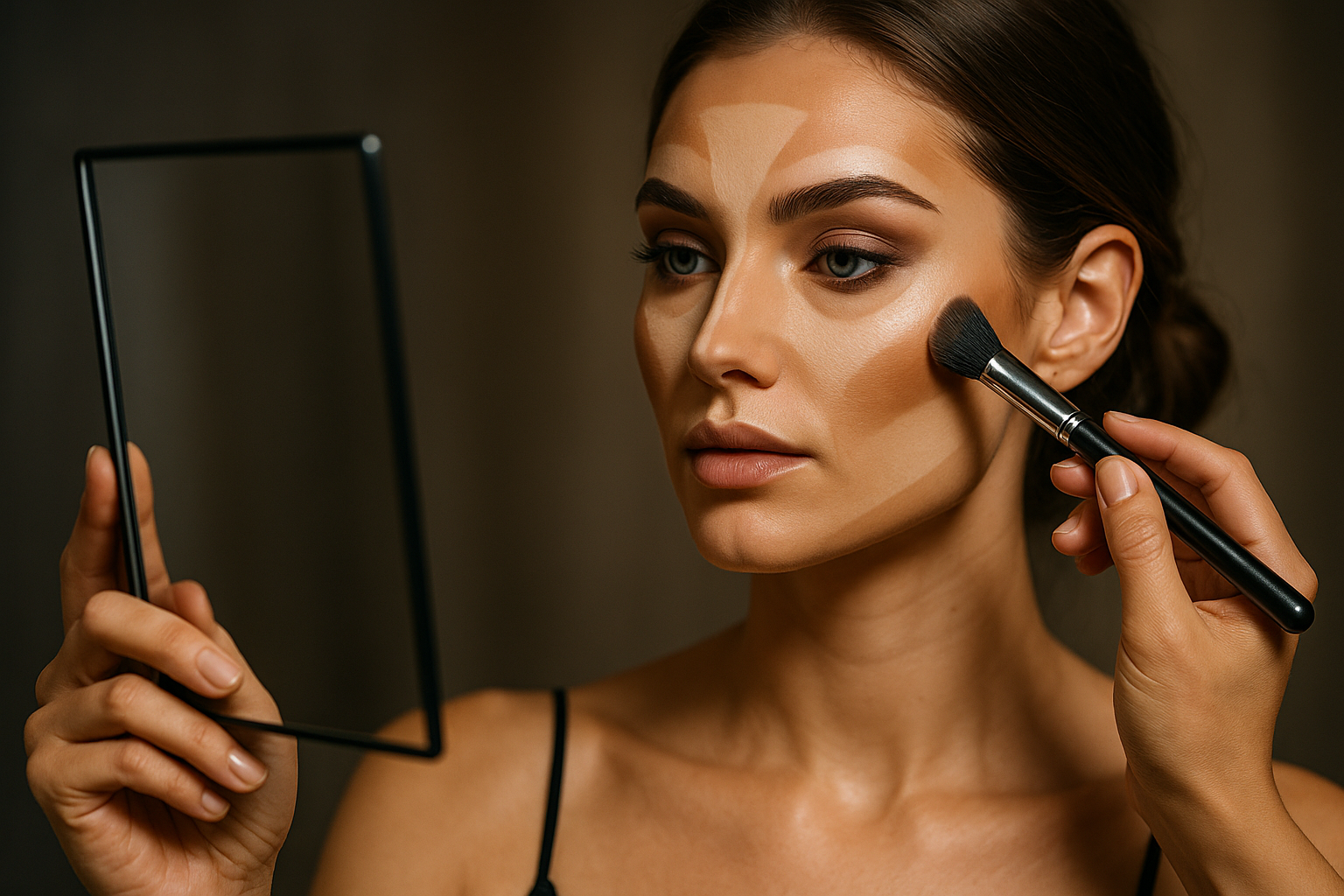Color matching essentials: choosing shades that complement undertones
Understanding your skin's undertones helps you choose cosmetics and foundation that look natural and last longer. This short guide explains undertone categories, practical ways to test them, and which product types—like contouring items, eyeshadow, and longwear formulas—work best for different tones. Tips also cover blending, brushwork, and smudgeproof application.

Knowing your undertones is the foundation of effective color matching and consistent makeup results. Undertones—generally categorized as cool, warm, or neutral—affect how cosmetics appear on skin and how products like foundation and longwear formulas interact with light. Before selecting shades, spend time assessing undertones in natural light and consider how skincare routines alter surface brightness. Accurate undertone assessment reduces rework, improves blending, and helps you choose smudgeproof options that behave predictably during application.
How do undertones affect foundation choice?
Undertones determine whether a foundation reads too yellow, pink, or ashy after application. When testing foundation, apply a small swatch along the jawline and evaluate it in daylight; the right shade should disappear into skin without looking ashy or orange. Consider formulas that work with your skin type—hydrating foundations suit drier skin after appropriate skincare prep, while oil-control foundations can help combination skin stay longwear. Matching undertones first, then adjusting depth, helps cosmetics look cohesive across face and neck.
Which cosmetics suit warm vs cool undertones?
Warm undertones typically pair well with golden, peach, or amber-based cosmetics, while cool undertones harmonize with rose, berry, and blue-based shades. Neutral undertones allow for broader experimentation but still benefit from balancing warm or cool accents. When selecting blush, bronzer, or contouring products, sample shades near the face rather than on the hand. Skincare that brightens or reduces redness will also affect how color choices present, so evaluate makeup after your full skincare and moisturizer routine.
How to use contouring and blending for definition?
Contouring should enhance natural shadows without creating harsh lines. Choose contouring shades that are one to two tones darker than your skin and that match your undertone family—cool undertones with cooler contour shades, warm undertones with warmer bronzers. Blending is essential: use soft, circular motions or light back-and-forth strokes depending on brushwork preference to diffuse product edges. Layer product gradually and focus on application points like under cheekbones, temples, and jawline for realistic depth rather than noticeable stripes.
What eyeshadow and eyeliner pair with my undertone?
Eyeshadow and eyeliner colors can either harmonize or create contrast. For cool undertones, taupes, plums, and slate greys enhance natural coolness; warm undertones benefit from bronze, terracotta, and warm browns. Smudgeproof eyeliners and longwear eyeshadows are useful for maintaining intended color intensity throughout the day. When applying eyeshadow, blend edges to avoid stark borders and consider transition shades that bridge lid color to brow bone for a cohesive finish.
How does brushwork affect color accuracy?
Brushwork influences both pigment payoff and blending quality. Dense brushes pick up more product for stronger application, while fluffier brushes are ideal for soft blending. Clean brushwork prevents muddying of shades—wipe or tap excess product before applying and use dedicated brushes for cream versus powder formulas to avoid texture issues. Proper application techniques help maintain true color, whether working with subtle contouring or vivid eyeshadow palettes, and consistent brush hygiene supports predictable longwear performance.
How to prep skin for true-to-tone longwear results?
Skincare is the step that sets color accuracy in motion. A light, well-absorbed moisturizer creates an even surface for foundation and prevents patchy blending. Use primers suited to your skin type—hydrating primers for dry skin, mattifying for oily skin—to help foundation adhere and stay longwear. For smudgeproof eye or lip looks, use specific primers or setting products designed to lock pigment. Final setting sprays or powders can further stabilize application without changing the perceived undertone if chosen carefully.
Conclusion
Choosing shades that complement undertones is about observation, testing, and technique. Begin with an honest assessment of undertones, select foundation and cosmetics that align with that base, and refine results through mindful contouring, blending, and brushwork. Preparing skin and choosing formulas built for longwear or smudgeproof performance supports color fidelity throughout the day. When in doubt, test products in natural light and build layers gradually to achieve balanced, natural-looking color harmony.





